Abstract
This study models the impact of the 17 sustainable development goals (SDGs) on the performance of Moroccan public-sector organizations using ensemble machine learning methods: bagging, stacking, and voting. Based on a panel of 300 entities across central government, local authorities, and state-owned enterprises, we evaluate three dimensions of performance: efficiency, resource management, and citizen satisfaction. Following data preprocessing with imputation, min-max normalization, and stratified ten-fold cross-validation, the voting regressor achieved the best predictive performance (coefficient of determination [R²] = 0.951; root mean square error [RMSE] = 0.190), closely followed by the stacking regressor (R² = 0.945; RMSE = 0.198). SHapley Additive exPlanations analysis confirmed the relative importance of SDG7 (affordable and clean energy), SDG8 (decent work and economic growth), and SDG11 (sustainable cities and communities) as the most influential drivers across all outcome variables. Additional goals such as SDG3, 6, and 9 improve operational efficiency, while SDG4, 16, and 17 provide institutional support. These findings offer practical guidance for policymakers to prioritize strategic levers and enhance sustainable governance through data-driven public sector reforms.
License
This is an open access article distributed under the Creative Commons Attribution License which permits unrestricted use, distribution, and reproduction in any medium, provided the original work is properly cited.
Article Type: Research Article
EUR J SUSTAIN DEV RES, Volume 10, Issue 1, 2026, Article No: em0350
https://doi.org/10.29333/ejosdr/17396
Publication date: 01 Jan 2026
Online publication date: 09 Nov 2025
Article Views: 362
Article Downloads: 367
Open Access References How to cite this article
 Full Text (PDF)
Full Text (PDF)